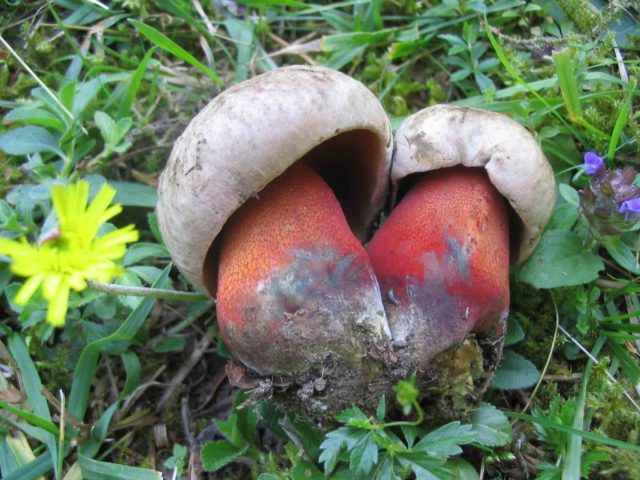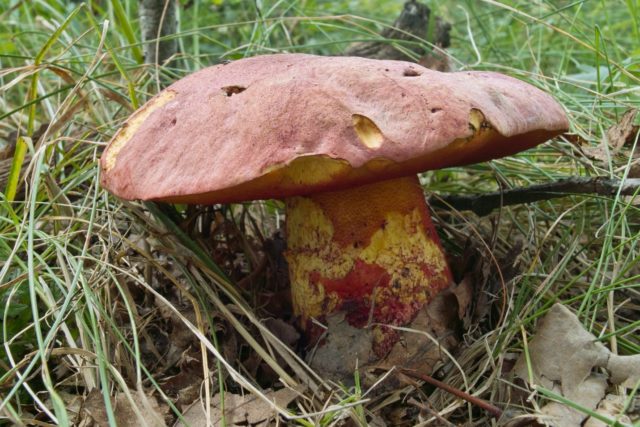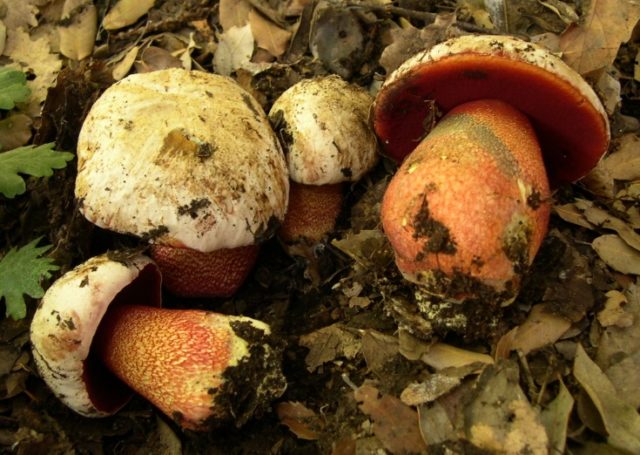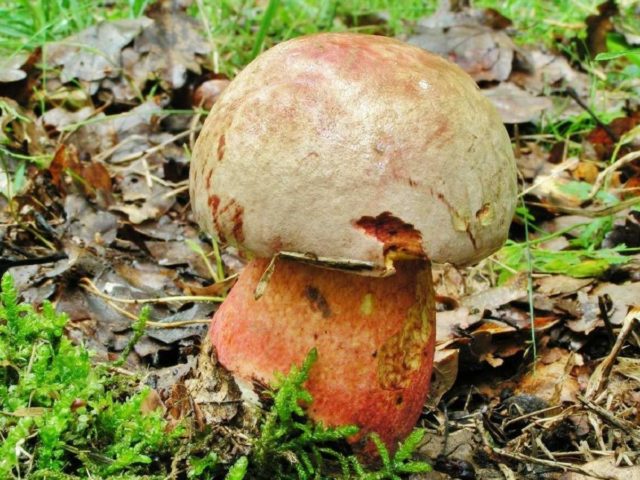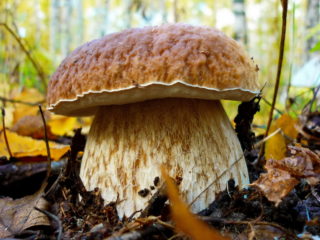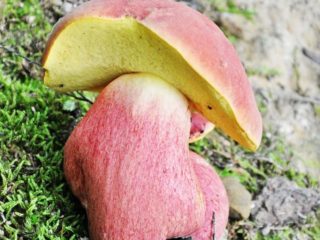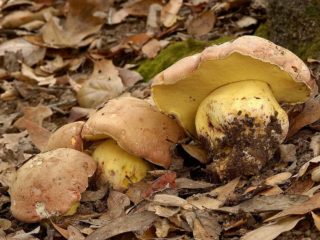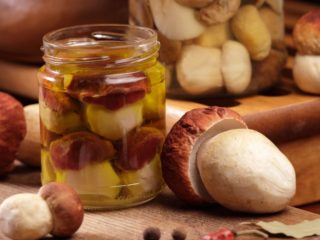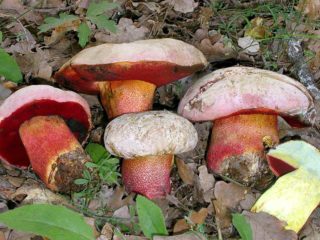Content
The Boletaceae family includes a huge range of both edible and poisonous specimens. Boletus le Gal belongs to the last category, which will be discussed in this article. It received this name in honor of the scientific mycologist Marcel le Gal. Experienced mushroom pickers recommend avoiding the specimen in question, since eating it accidentally can cause health problems for a person.
What do Le Gal boletus look like?
Boletus le Gal is a fruiting body consisting of a massive cap and stem, and has the following characteristics:
- At a young age, the cap is convex, a little later it becomes hemispherical and slightly flattened. Its size varies from 5 to 15 cm. The skin is smooth, colored pinkish-orange.
- Under the cap there is a layer consisting of red tubes with small pores growing to the stem.
- The flesh of the Le Gal boletus is pale yellow in color; when cut, the color changes to blue. It has a pleasant mushroom aroma.
- The spore powder is olive-brown in color.
- The leg of the boletus le Gal is swollen and massive, the length of which reaches 16 cm, and the thickness varies from 2 to 5 cm. It is painted in the same color as the cap, with a reddish mesh on top.
Where do boletus le gal grow?
This variety is common in Europe, less commonly in the southern European part of Russia and Primorye, as well as in the Caucasus Mountains. It can be found in deciduous forests, among trees such as oak, beech and hornbeam. In most cases, it chooses alkaline soil for growth. The optimal time for development is summer and early autumn.
Is it possible to eat boletus le gal?
This specimen is poisonous, which is why its use as food is prohibited. The use of this product has not been registered.
Symptoms of poisoning
Boletus le Gal has a pleasant mushroom smell, and it also lacks the bitter taste that is characteristic of many of its poisonous relatives. It is for these reasons that there is a high probability that it can be confused with its edible counterparts.If this specimen accidentally gets inside, after half an hour the victim may experience the first signs of poisoning:
- dizziness;
- elevated temperature;
- stomach ache;
- vomit;
- loose stool.
In case of severe poisoning there is a risk of death.
First aid for poisoning
When identifying the first signs, there is the following algorithm of actions:
- Call an ambulance.
- Rinse the stomach - drink about 5-6 glasses of water and induce vomiting. Repeat the procedure several times.
- You can remove the remaining toxins using diluted burnt magnesium, which in turn is an effective saline laxative.
- Take an adsorbent, such as activated carbon.
Conclusion
Boletus le Gal - an outwardly beautiful specimen with a pleasant aroma will cause a lot of trouble to those who decide to feast on it. While in the forest, do not forget that not all mushrooms are equally useful, and some can cause severe harm to the body. At a minimum, the victim will experience intestinal disorders, and with severe ingestion, death is possible.
